Nepal is more than just a haven for trekkers and mountaineers; it’s also a paradise for wildlife lovers. Nestled between India and China, the country is not only home to the world’s highest peaks but also to a stunning variety of wildlife that inhabits its lush jungles, sweeping grasslands, and rugged mountain terrains. Whether you’re hiking through the Himalayas or enjoying a safari in the Terai, Nepal offers wildlife experiences that are unique, unforgettable, and incredibly rewarding.
In this blog, we’re going to take you through some of Nepal’s most iconic wildlife species, explore the best places to spot them, and share insights into the conservation efforts that are helping protect these magnificent creatures. From the Bengal tiger to the elusive snow leopard, and from the adorable red panda to the mighty one-horned rhinoceros, Nepal’s wildlife offers a mesmerizing blend of beauty, mystery, and inspiration.
The Bengal Tiger: King of the Jungle
When you think of the jungle, one animal that often comes to mind is the Bengal tiger. Known for their raw power, striking orange coats, and distinct black stripes, these majestic creatures are the undisputed kings of the jungle. In Nepal, Bengal tigers primarily roam the forests and grasslands of Chitwan National Park and Bardiya National Park, where they maintain a delicate balance in the ecosystem by controlling the populations of herbivores.
Seeing a tiger in the wild is a rare and magical experience, but it’s not just their appearance that makes them fascinating. Bengal tigers are also incredibly intelligent and solitary creatures. They are skilled hunters and have adapted to their environments, learning to blend in with their surroundings. Unfortunately, due to poaching, habitat destruction, and the illegal wildlife trade, Bengal tigers are critically endangered, with fewer than 2,000 individuals left in the wild.
Nepal’s efforts to protect these incredible animals are commendable. With the help of dedicated rangers and the local community, Chitwan National Park has seen an increase in the number of tigers, a success story that shows how effective conservation efforts can be when everyone works together. Tigers are often spotted during safaris in the park, and some rare sightings have also occurred at dawn and dusk when the tigers are more active. Visitors to Nepal can help support tiger conservation by participating in responsible eco-tourism that contributes to funding the protection and restoration of their habitats.
The One-Horned Rhinoceros: Nepal’s Gentle Giant
The one-horned rhinoceros is another fascinating species that calls Nepal home. These massive creatures, also known as Indian rhinoceroses, are native to the sub-Himalayan region, and they can often be found grazing on the plains of Chitwan National Park and Bardiya National Park. The one-horned rhinoceros is a symbol of strength and resilience, and it plays a critical role in the ecosystem by shaping the landscape and helping maintain grassland habitats.
These animals are known for their thick, armor-like skin, which gives them a prehistoric appearance, and their solitary nature. One-horned rhinos are herbivores, and they spend most of their time eating grass, shrubs, and fruit. Despite their imposing size, they are generally peaceful creatures. However, they can become territorial and aggressive when they feel threatened.
Once critically endangered due to poaching and habitat destruction, the population of one-horned rhinos in Nepal has slowly recovered thanks to extensive conservation efforts. These efforts have included increased anti-poaching patrols, habitat restoration, and the relocation of rhinos from areas with higher human populations to safer zones. Today, Nepal is home to over 600 one-horned rhinos, a remarkable success story that showcases the importance of conservation. A safari through Chitwan or Bardiya offers visitors a chance to see these magnificent creatures up close and to contribute to ongoing conservation programs.
The Snow Leopard: The Phantom of the Himalayas
If you’re trekking in the higher altitudes of Nepal, there’s a chance you might catch a glimpse of one of the world’s most elusive big cats: the snow leopard. These stunning creatures, with their thick coats and mesmerizing spots, are perfectly adapted to life in the cold, rugged landscapes of the Himalayas. Snow leopards are solitary animals that thrive in remote, high-altitude areas, and Nepal offers some of the best opportunities to spot them.
The most famous places for snow leopard sightings in Nepal include Sagarmatha National Park, Annapurna Conservation Area, and Kanchenjunga Conservation Area. These areas offer dramatic views of the Himalayas and rugged terrains where snow leopards hunt and roam. But despite their beauty and strength, snow leopards are facing a critical survival threat. They are endangered due to habitat loss, poaching, and human-wildlife conflict, as well as the depletion of their primary prey, like blue sheep and Himalayan tahr.
Nepal has been a leader in snow leopard conservation efforts, working alongside local communities to monitor and protect the species. Conservation programs focus on reducing human-wildlife conflict by educating local communities, improving livestock protection, and providing compensation for lost livestock. Through these efforts, Nepal is helping to secure a future for snow leopards, and sightings of these incredible cats are becoming more frequent in conservation areas.
The Red Panda: Nepal’s Adorable Forest Dweller
The red panda is another remarkable creature that calls Nepal home. Often overlooked in favor of its larger, more famous cousin, the giant panda, the red panda is a tiny, tree-dwelling animal that’s both adorable and endangered. With its reddish-brown fur, bushy tail, and playful demeanor, the red panda is a charming and delightful species to spot, though it can be tricky to find in the wild.
Red pandas are primarily found in the dense bamboo forests of Sagarmatha National Park, Kanchenjunga Conservation Area, and Langtang National Park, where they spend most of their time in the trees. These solitary animals are primarily herbivores, feeding on bamboo, berries, and acorns. However, they are also known to munch on eggs and small birds when they get the chance.
Sadly, red pandas are endangered, with fewer than 10,000 left in the wild. Habitat destruction, poaching, and climate change are the main threats to their survival. Nepal has implemented conservation programs that focus on habitat restoration, anti-poaching efforts, and community engagement to protect red pandas and their forests. The red panda is a symbol of Nepal’s commitment to wildlife conservation, and their preservation is essential to maintaining the biodiversity of the region.
The Himalayan Monal: Nepal’s National Bird
Nepal’s national bird, the Himalayan monal (also known as Danphe), is a stunningly beautiful bird that’s hard to miss with its vibrant, iridescent feathers. Found in the high-altitude forests and alpine meadows of the Himalayas, the Himalayan monal is known for its bold and brilliant plumage, which includes bright blues, greens, reds, and purples. The males are particularly colorful, and their striking beauty has made them one of the most admired birds in the region.
The Himalayan monal is primarily found in Sagarmatha National Park, Annapurna Conservation Area, and Langtang National Park, where they are often seen flitting about the mountain slopes and foraging for food. Though not currently endangered, the Himalayan monal faces threats from habitat loss, hunting, and the impact of climate change on its alpine environment. Conservation efforts, particularly in protected areas, are key to ensuring that this beautiful bird continues to thrive in Nepal’s mountains.
The Gharial: A Crocodilian Wonder
Nepal is home to some of the most unique and fascinating reptiles, including the gharial, a species of crocodile with a long, slender snout. These reptiles are often seen in the rivers of Koshi Tappu Wildlife Reserve and Chitwan National Park, where they spend most of their time basking in the sun or hunting for fish.
The gharial is critically endangered, with only a few hundred individuals remaining in the wild. The primary threats to gharials include habitat destruction, the illegal pet trade, and the depletion of their fish populations. In response, Nepal has taken measures to protect the gharial, including breeding programs and habitat restoration efforts. Seeing a gharial in its natural habitat is an extraordinary experience, and it serves as a reminder of the importance of conservation in protecting Nepal’s unique and rare wildlife.
Other Noteworthy Wildlife in Nepal
Nepal’s wildlife isn’t just about the big, iconic animals; it’s also about the countless other species that call the country home. From the smallest insects to the majestic birds of prey, Nepal is teeming with biodiversity.
- Asian elephants: These gentle giants are often seen in Chitwan National Park and Bardiya National Park, where they play a vital role in maintaining the ecosystem. Nepal’s elephants are crucial for the health of the forests, as they help disperse seeds and maintain the structure of the landscape.
- Wild boars: Found in both the jungles of the Terai and the foothills of the Himalayas, wild boars are a common sight in Nepal’s protected areas. They are an important part of the ecosystem, helping to control vegetation and maintain the balance of forest habitats.
- Birdlife: Nepal is a birdwatcher’s paradise, home to over 850 species of birds. Some of the most notable birds include the Sarus crane, Greater adjutant stork, Bar-headed goose, and Himalayan griffon vulture. For birdwatchers, places like Koshi Tappu Wildlife Reserve, Chitwan National Park, and Sagarmatha National Park are must-visit spots.
Conservation: Protecting Nepal’s Wildlife for Future Generations
Nepal’s wildlife is one of its greatest treasures, and protecting it is essential for maintaining the country’s rich biodiversity. Conservation efforts in Nepal are not only focused on protecting individual species but also on preserving the habitats that sustain them. These efforts include creating protected areas like national parks and wildlife reserves, establishing breeding programs, and working with local communities to reduce human-wildlife conflict.
Eco-tourism is also playing a vital role in Nepal’s wildlife conservation efforts. By visiting Nepal’s national parks, wildlife reserves, and conservation areas, tourists help generate revenue that supports these important conservation programs. It’s a great way to experience Nepal’s wildlife firsthand while contributing to the protection of its incredible animals.
Nepal is a true paradise for wildlife enthusiasts. Whether you’re trekking in the Himalayas, going on a jungle safari, or simply exploring the natural beauty of the country, you’re bound to encounter some of the world’s most amazing animals. From the Bengal tiger to the red panda, and from the snow leopard to the one-horned rhino, Nepal’s wildlife offers a rich tapestry of creatures that are both captivating and awe-inspiring.
As travelers and nature lovers, we have a responsibility to support the conservation efforts that are ensuring these animals have a future. Through eco-tourism, responsible travel, and supporting conservation initiatives, we can all contribute to protecting Nepal’s incredible wildlife and help preserve it for generations to come.
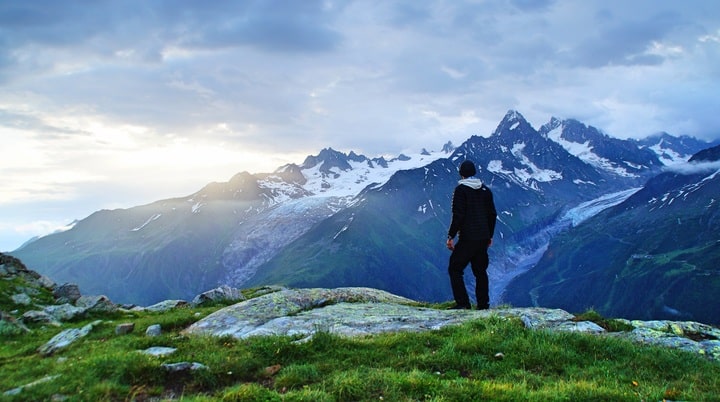
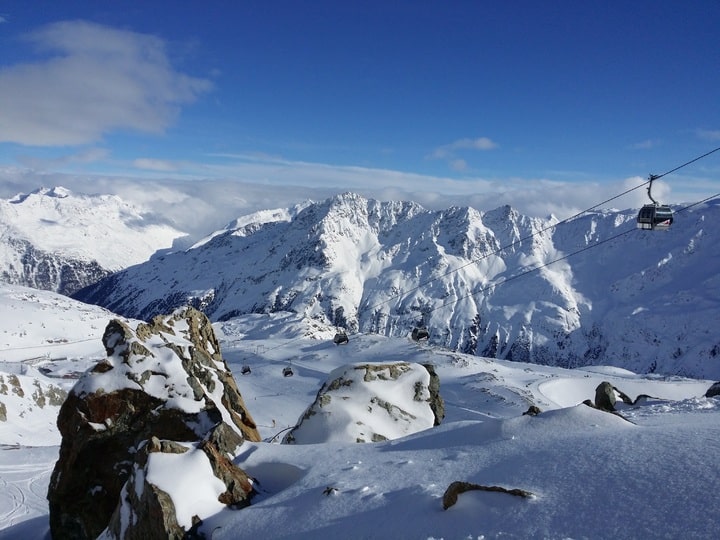
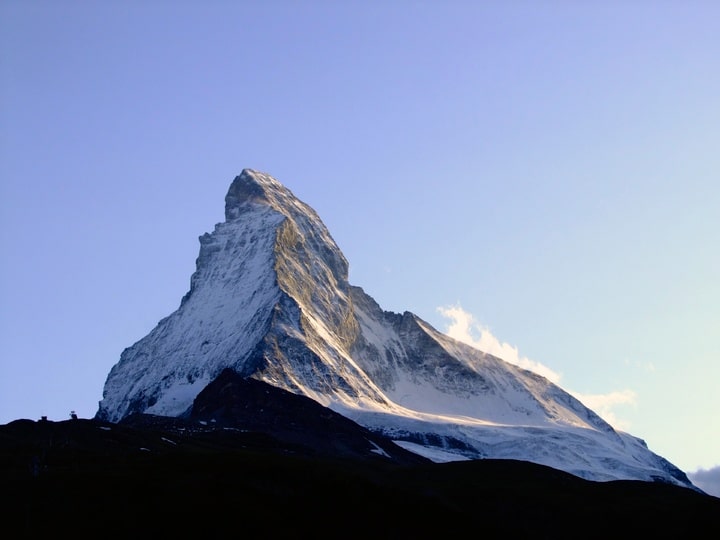
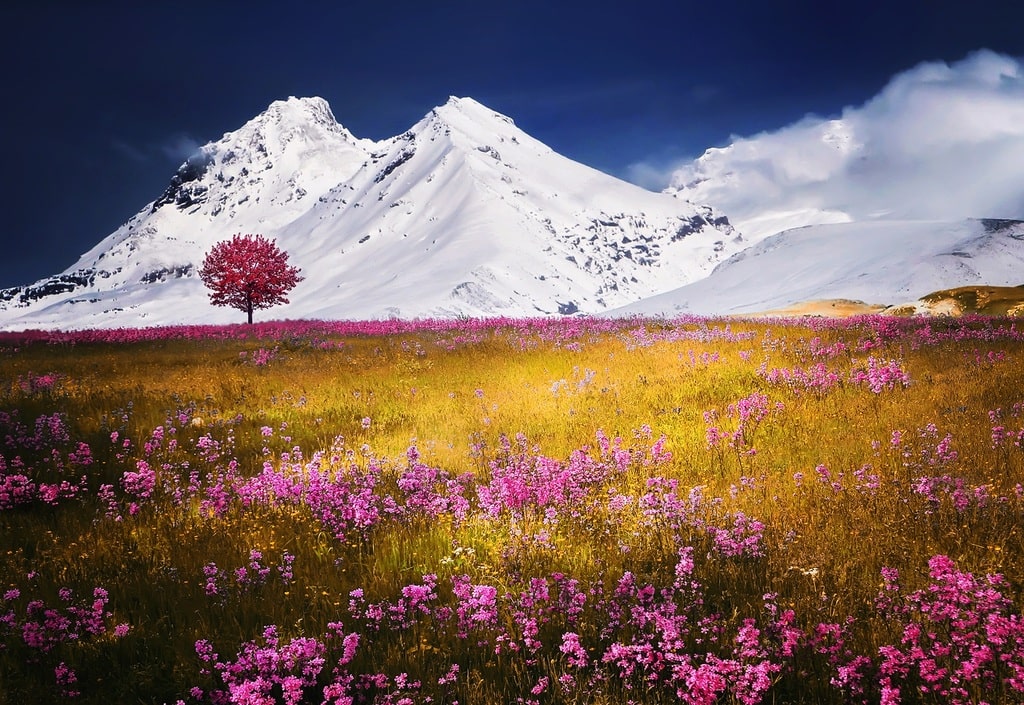
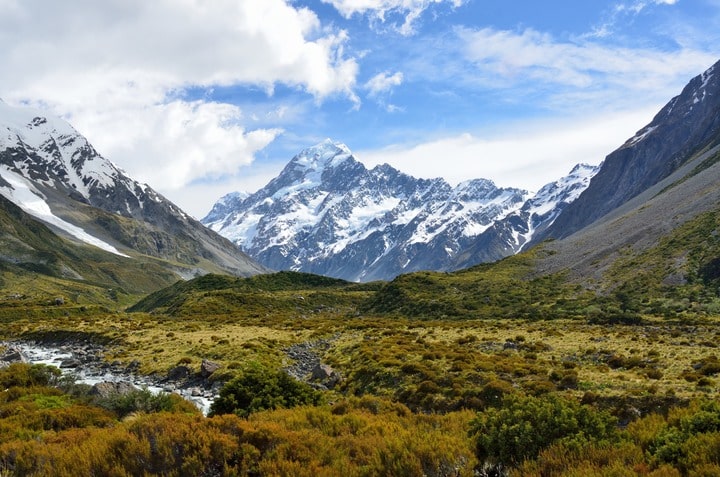
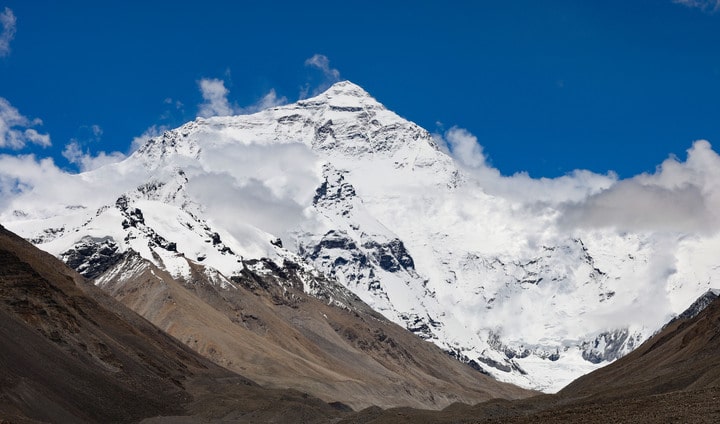
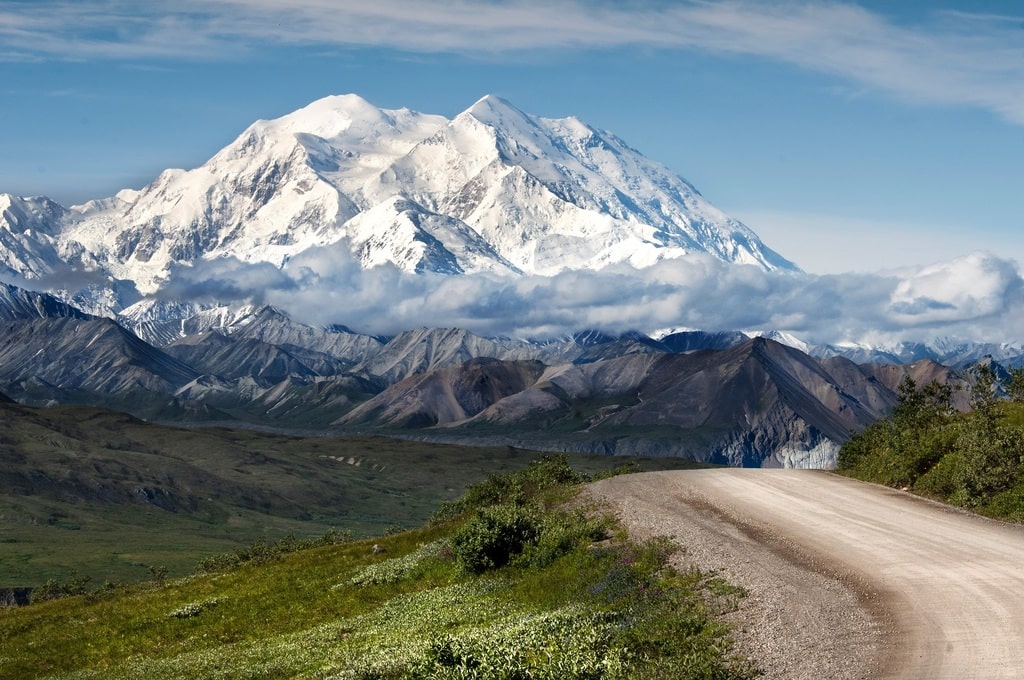
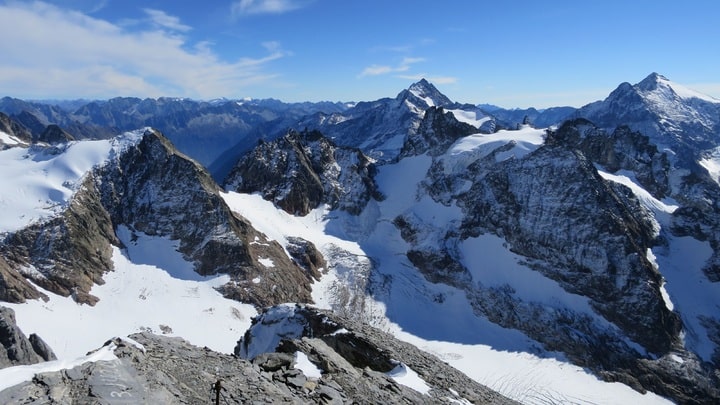
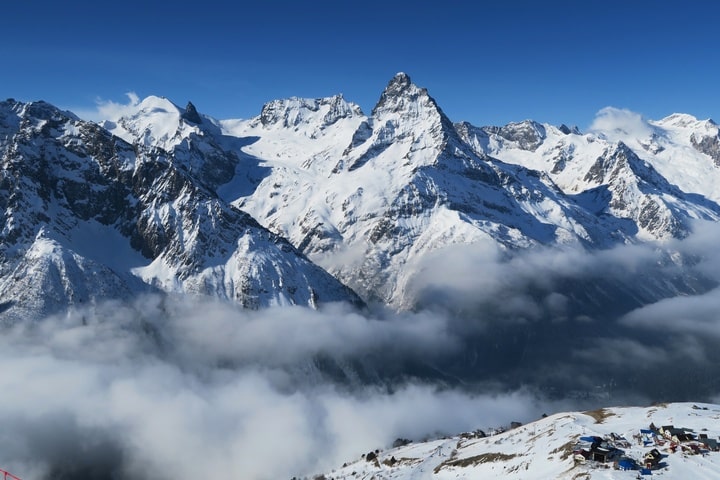
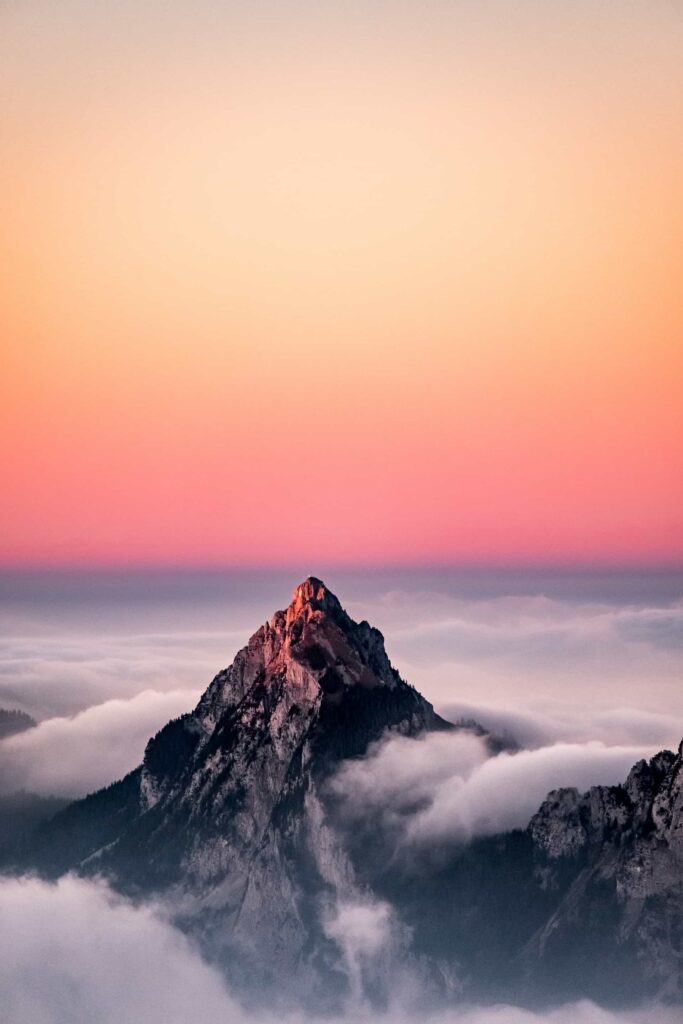
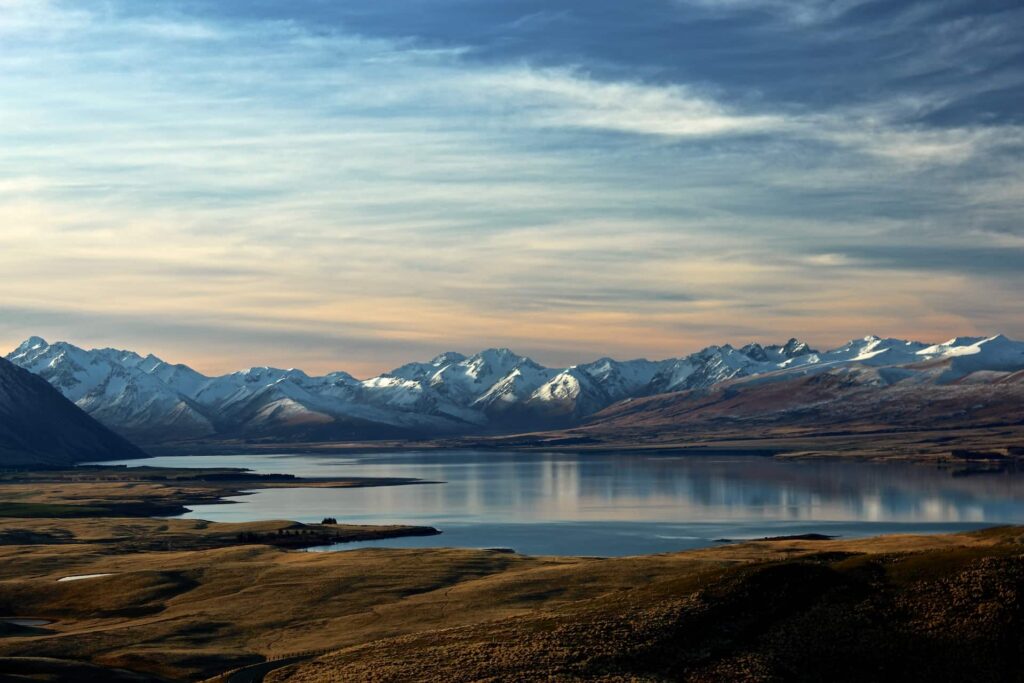
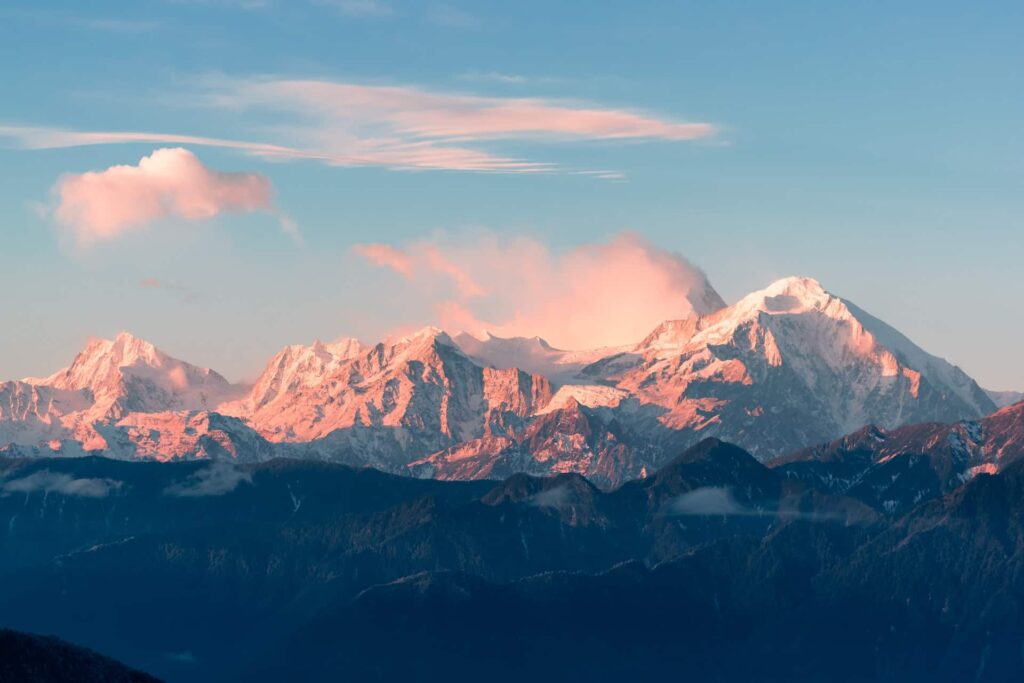
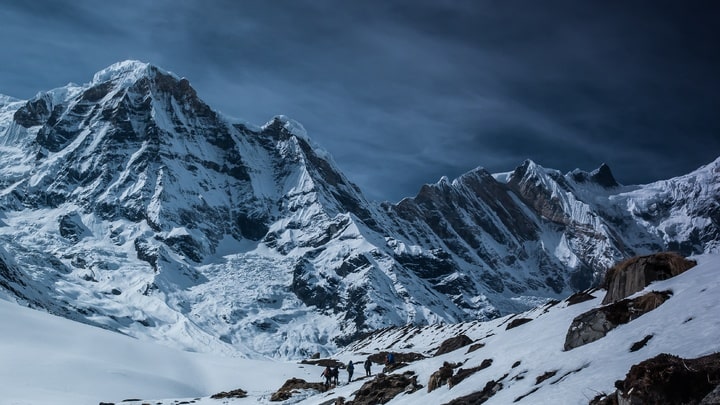
The Annapurna Base Camp Trek is one of Nepal’s most popular and scenic trekking routes, offering trekkers the chance to experience the natural beauty of the Annapurna Himalayas up close. This moderate trek takes you through diverse landscapes, from subtropical forests and terraced fields to alpine meadows and high mountain terrain.
Starting from Pokhara, trekkers pass through charming villages like Ghandruk and Chhomrong, where they can immerse themselves in the rich culture of the Gurung and Magar communities. The trail gradually ascends, providing stunning views of iconic peaks such as Machhapuchhre (Fishtail), Annapurna South, and Himalchuli. As you approach the base camp at an altitude of 4,130 meters (13,550 feet), the surroundings become more dramatic, with snow-capped peaks dominating the horizon.
The highlight of the trek is reaching Annapurna Base Camp, where trekkers are rewarded with breathtaking panoramic views of the entire Annapurna Range. The sight of these towering peaks at sunrise is a truly magical experience, making the effort to reach the camp well worth it.
Along the way, trekkers also have the chance to visit ancient monasteries and interact with the local people, experiencing the warmth of the Nepali hospitality. The trek’s well-maintained infrastructure, with cozy tea houses and lodges, ensures a comfortable journey.
In addition to the mountain views, the Annapurna Conservation Area is home to diverse wildlife, including the Himalayan tahr and a variety of birds. Whether you’re a beginner or an experienced trekker, the Annapurna Base Camp Trek offers a perfect balance of adventure, culture, and natural beauty, making it one of the must-do treks in Nepal.

The Everest Base Camp Trek is a once-in-a-lifetime adventure that takes you to the foot of Mount Everest, the highest mountain in the world. This iconic trek offers a unique blend of stunning natural beauty, rich Sherpa culture, and a sense of achievement as you approach the base camp at 5,364 meters (17,598 feet).
Starting from Lukla, the trek follows scenic trails through Namche Bazaar, Tengboche, and Pheriche, where trekkers are treated to breathtaking views of Everest, Ama Dablam, Lhotse, and other towering peaks. Along the way, you’ll experience the vibrant culture of the Sherpa people, visit ancient Buddhist monasteries, and explore charming villages nestled in the Himalayas.
The trek gradually ascends through lush forests, alpine meadows, and glacial landscapes, with each day offering new, awe-inspiring views. The highlight of the journey is reaching Everest Base Camp, surrounded by towering peaks and glaciers. Watching the sunrise over these majestic mountains is an unforgettable experience.
The Everest Base Camp Trek is suitable for trekkers of various levels, with well-maintained trails and comfortable tea houses along the route. It’s not just a physical challenge but also an opportunity to connect with nature and immerse yourself in the culture of the region. Whether you’re a seasoned adventurer or a first-time trekker, this journey to the roof of the world will leave you with lifelong memories.



